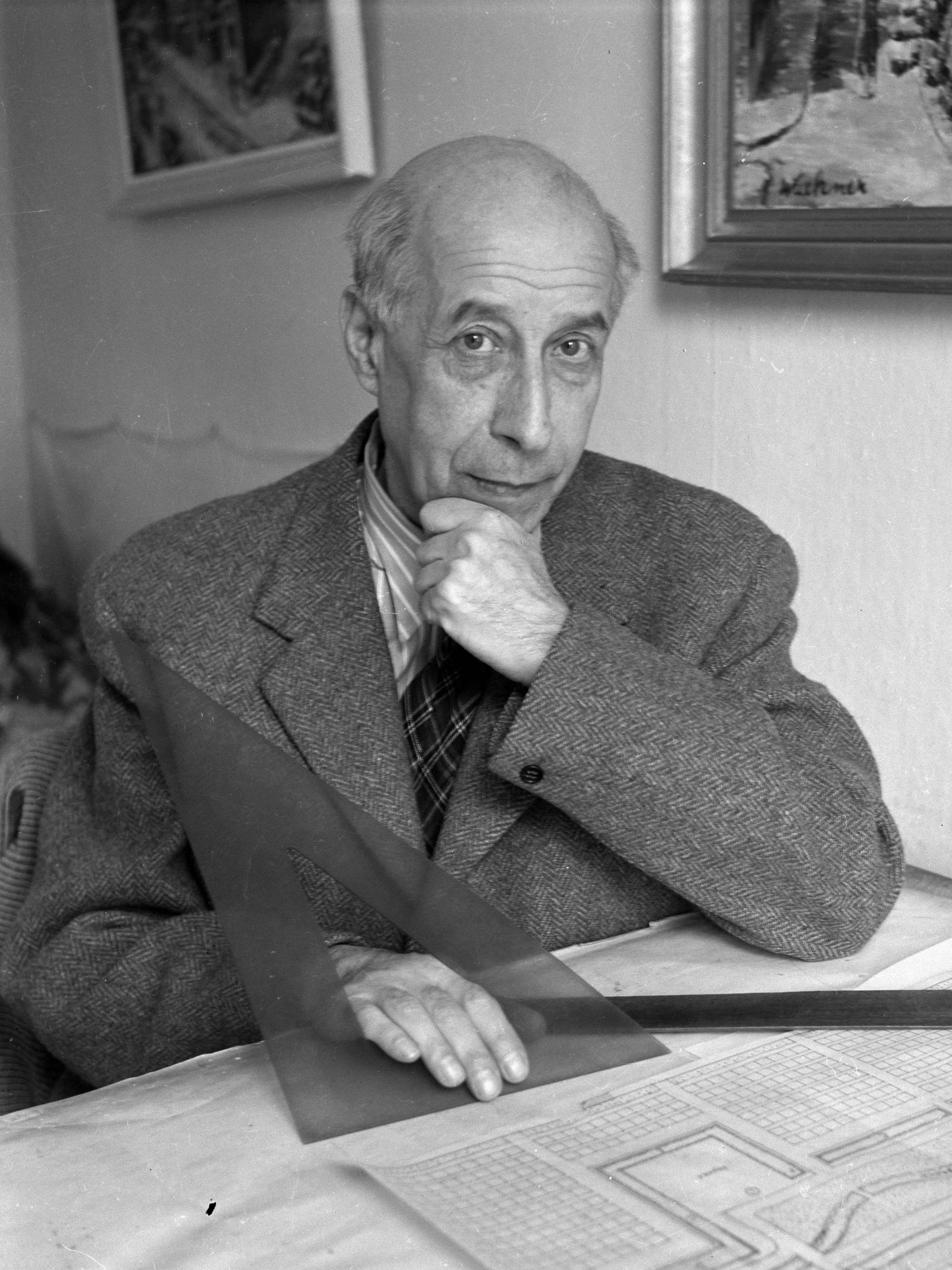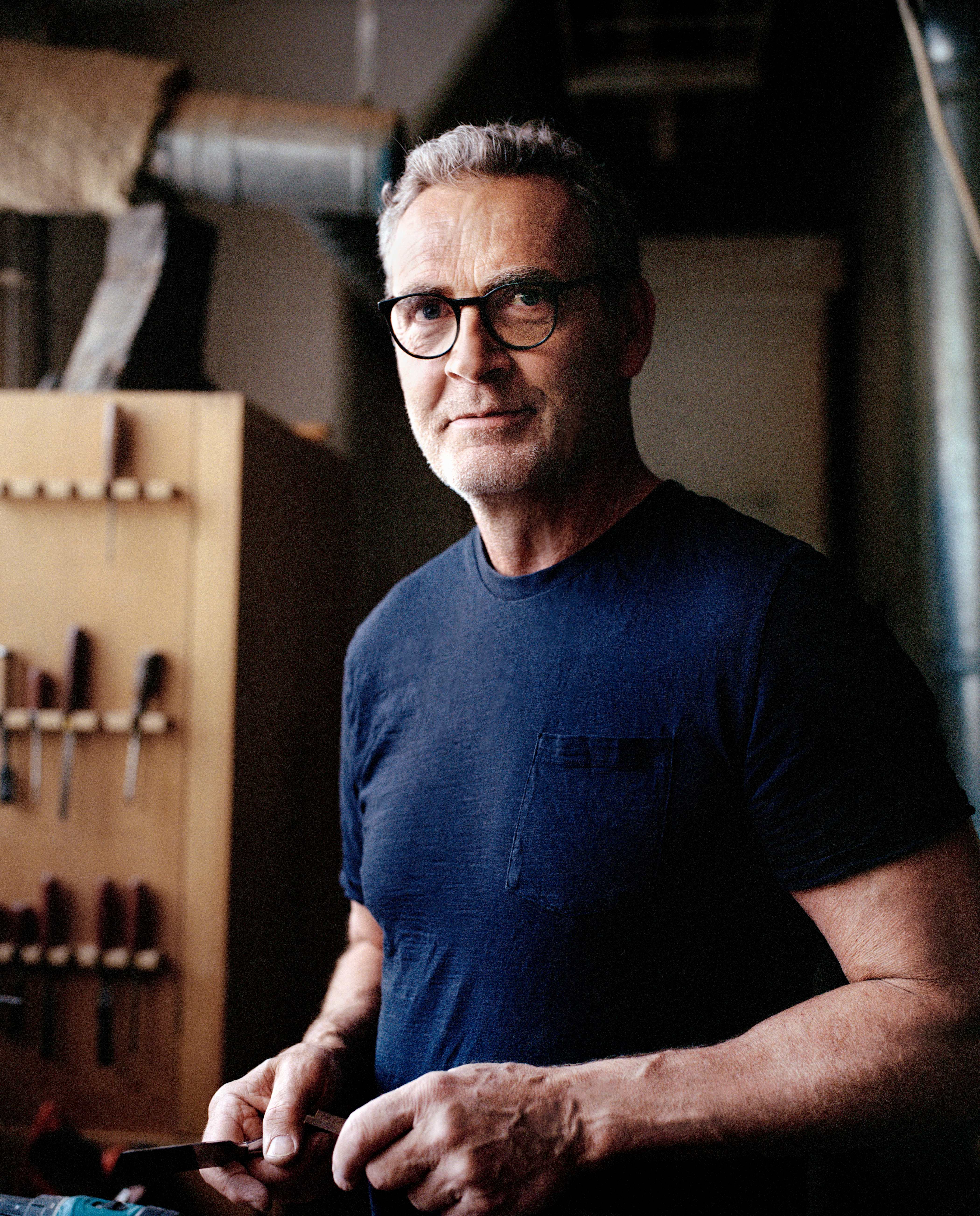The Stockholm Cabinet
It is one of Josef Frank’s signatures to combine dissimilar materials when designing cabinets. He would mix diverse kinds of wood and often used paper, fabric, maps, or flora posters to decorate his furniture designs.

Cabinet by Josef Frank
In his interior designs, Josef Frank strongly believed in being able to see the contours of a room, such as the line where the floor meets the wall. Hence, he often designed his cabinets with tall legs on the principle that the skirting board should be visible under the cabinet.
The Stockholm Cabinet is produced in a limited edition of 100 units to celebrate the 100-years jubilee of Svenskt Tenn. The cabinet was originally designed between 1930 – 1950 and the original sketch states that it should be upholstered with paper. Inspired by the different map cabinets that Josef Frank designed during his career, this jubilee edition features an antique map of Stockholm drawn by lithographer Heinrich Neuhaus in 1875. The map features outstanding details with every individual building outlined in its motif.
The Stockholm cabinet comes with a proof of authenticity in the form of a numbered plaque with Josef Frank’s signature guaranteeing the object's uniqueness.
Anders Mattson Cabinetworks
“As a craftsman, I take great responsibility in following the original sketches to realise Josef Frank’s direct intentions. This cabinet is a work of art that deserves great craftsmanship with meticulous attention to detail. It is an honourable task.”
– Anders Mattsson
At the Anders Mattsson Cabinetworks in Valdemarsvik, Josef Frank’s iconic 2192 cabinet has been produced since 1999. To celebrate the 100 years anniversary of Svenskt Tenn, the workshop has been commissioned to produce the Stockholm Cabinet in a limited edition of 100 units.
Anders Mattsson“As a craftsman, I take great responibility in following the
original sketches to realise Josef Frank’s direct intentions.”









